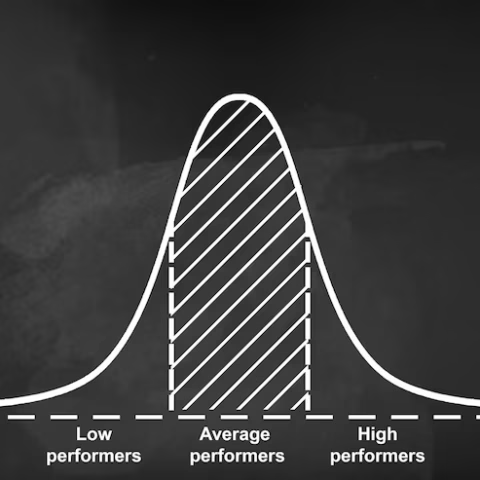
Parametric and Non-Parametric Statistics: 6 Important Differences Between Them
Introduction Statistics is a powerful tool for analyzing, interpreting, and making inferences about data. Two fundamental branches of statistical analysis are parametric and non-parametric statistics. Understanding the differences, assumptions, and










